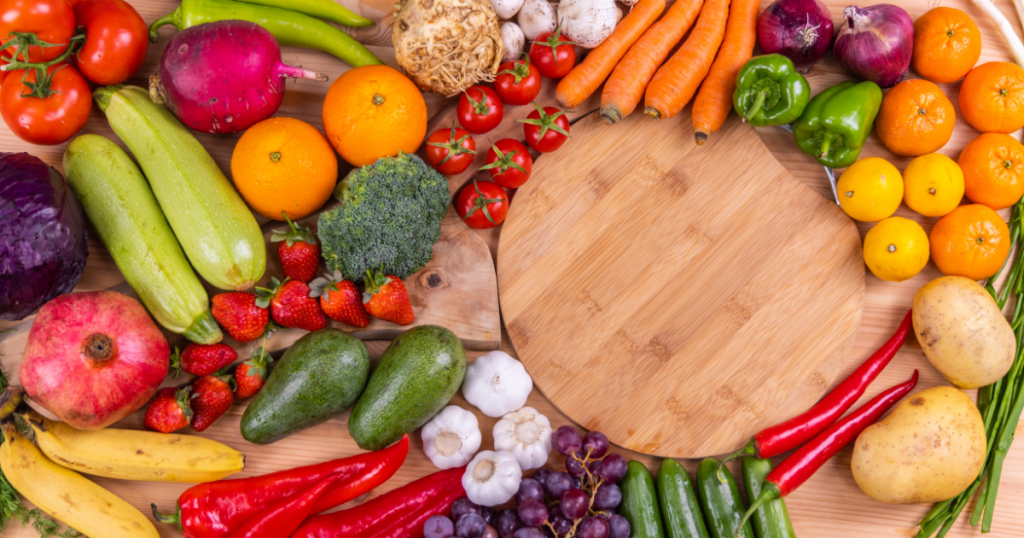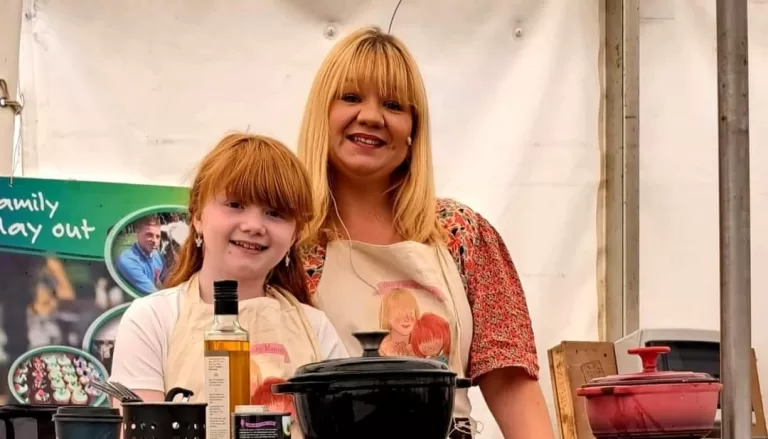Top Food Hygiene Tips for Kids in the Kitchen
Hey Gang!
It’s great to see more and more young cooks joining in with our Zoom cook-alongs week by week. For many of them, cooking and baking are hobbies they absolutely love.
But every hobby has a certain amount of health and safety guidelines attached. When you’re cycling, you wear a helmet. When you’re doing crafts, you’re careful with the hot glue gun!
And when you’re cooking, one of the most important things to remember is food hygiene. Nobody wants to make themselves, their friends or families sick just by skipping some simple steps along the way.
Food Hygiene/Safety For Kids
So, I’ve gathered together some of the main food hygiene/safety points that are relevant for our young Kids in the Kitchen chefs.
Why not sit down with your young cook and have a quick chat through some of these basic kitchen hygiene rules?
1. Prepare Yourself
Always get yourself ready before getting food ready. Make sure you:
- Wash your hands thoroughly with soap and warm water (so you don’t spread germs while cooking). When drying your hands, use a hand towel, not the tea towel.
- Tie back long hair (so it doesn’t end up in your dish)
- Tuck or tie away any loose bits of clothing such as hoodie strings (so they don’t get burned at the hob)
- Wear sensible shoes (so you don’t slip on the kitchen floor)

2. Clean Your Equipment and Surfaces
Make sure all your equipment is clean before you begin. Do the same for your work surface – you don’t want to put food on a dirty counter.
You can use hot, soapy water and a dishcloth to do this. However, make sure your dishcloth is clean in the first place. They should be regularly washed by boiling them, putting them in a hot wash in the washing machine, or soaking them in bleach. Usually, washing and changing the dishcloths should be handled by a grown up.
If you use any type of antibacterial sprays in your kitchen, make sure they are safe to use in areas where food is being prepared.
3. Wash All Fruit And Vegetables
Make sure to rinse fruit and vegetables thoroughly before using them. Remember – they could have picked up germs in the shop, or may have chemicals on them from when they were grown.

4. But DON’T Wash Meat
There’s no need to wash meat before you cook it, even if some recipes might tell you to. By washing it, there’s a risk of splashing bacteria around the kitchen and onto yourself.
5. Handle Raw Meat Carefully
Raw meat is probably the biggest hygiene risk in the kitchen. You can handle it safely by:
- Keeping it separate from other ingredients – especially anything that’s been cooked already.
- Washing your hands thoroughly in warm, soapy water after touching it.
- Thoroughly cleaning any surfaces or equipment it has touched – as soon as it has touched it. Clean as you go to avoid bacteria spreading.
- Ideally, having a special chopping board for cutting raw meat – try not to use it for anything else. Remember though, you still need to make sure to wash it properly.
6. Store Food Properly
When you bring an ingredient home, check the label to find out how it should be stored – in the fridge, freezer or cupboard. In fact, even before you get home, it’s good to consider whether a cooler bag might be best for the journey from shop to kitchen.
If you haven’t already, check your fridge/freezer manual to find out how to set the temperature correctly for your home.
In your fridge, make sure to store raw meat well away from other food, ideally on a bottom shelf. Any cooked foods should be stored on shelves above raw food.
And if you’re keeping leftovers in your fridge, cover them and make sure they’re used within 2-3 days. Very importantly, don’t leave leftovers lying around for hours on the counter first – make sure to cool them and get them into the fridge or freezer as soon as possible.

Safe Cooking!
I hope this post helps you and your children feel a bit more confident about keeping your family safe and well as you cook.
Another aspect of kitchen safety that parents often worry about is knife use and chopping. If you’d like to build your confidence in that area too, make sure to check out my post Safe Chopping, Slicing and Dicing For Kids in the Kitchen for lots of advice and tips.
And if you’ve any questions, feel free to get in touch.







